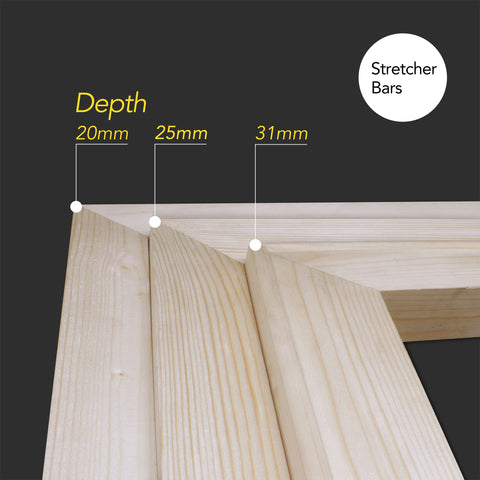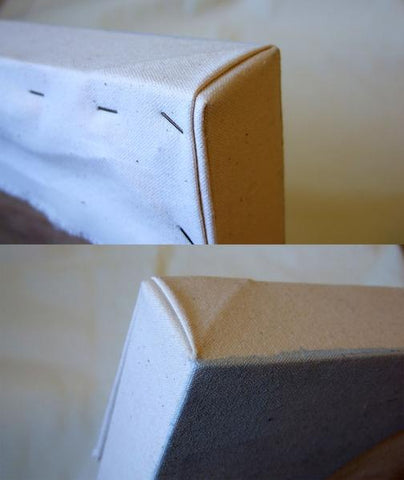This kit is ideal for DIY people wishing to frame a picture for the first time. Quality of the tool in the kit are good and results look good.
The canvas itself is great quality, but as I use both the white primed side and the actual canvas side I was very disappointed upon opening the packaging to find a big water stain on the canvas (it was not raining the day it was delivered or even during that week). I don’t know if there are any more stains as I haven’t unrolled the entire canvas yet. Looks like it may have been wet before it got posted, either way I think that’s something that needs to be noted to watch out for before your company posts it out as a lot of artists are now using the cotton/linen side of the canvas.
The ceiling mount hanging kit was exactly what I needed to hand a large piece of art and a weighty decorative framed mirror. I didn’t want to drill into the brick and stone walls of the house (I used the wooden beams of the ceiling), and these hangers I found online worked well.
Purchased these along with gallery hanging system. Haven't yet had the opportunity to use them - but they arrived quickly and well packaged. I have purchased from Me Me art before and am happy with the previous items - so I am sure that when I get around to using these tools I will also find them most acceptable. Thank you.












